Growing up in bygone days, especially in the summertime, we were free and the outdoors held daily promise.
We greeted the world with our eyes wide open. We took nature in. We rolled in it, hid in it, fell in it, climbed it. We played, swam, biked, hiked.
We embraced life by going outside.
A mystery I’ve observed is that the more time you spend outdoors, the higher the probability that outdoor things will happen to you.
Things like acquiring a great horned owl in the dead of winter.
How many families can say they have owned one of these majestic creatures? A killer that stands almost 2 feet tall with a wing span of almost 4 1/2 feet. Not many families have had the privilege, I’m certain.
My family was blessed to have owned a great horned owl.
Keep in mind that when I say my family “owned” the owl, I am taking liberties with language, because can anyone really own a fierce predator? A killer of the night?
No. You cannot.
So I wrote the poem “The Great Horned Owl” to tell you my story of the full-grown night stalker and its relationship with my family.
When I was young, maybe 12 years old, the great horned owl lived in our shed. A shed my hound dog, a fearless canine, claimed as his own, until the arrival of the raptor.
So I share this story with you. It took place in another time, in an age of simplicity, innocence and minimal technology. In an age when we went outside. In an age when poems rhymed.
I hope you enjoy the “The Great Horned Owl”, a true story.
David Madrid
Contact: David Madrid
© 2019 FabulousFables.com

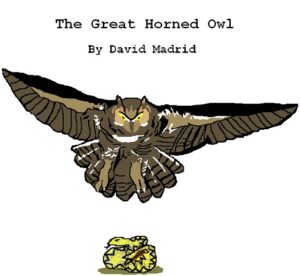
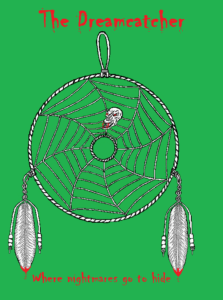
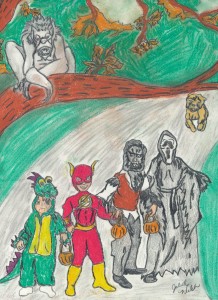
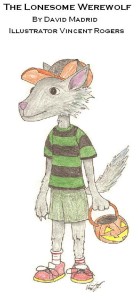
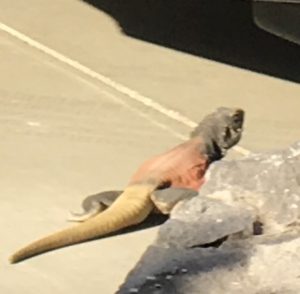

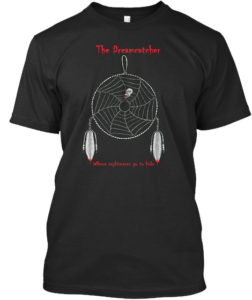
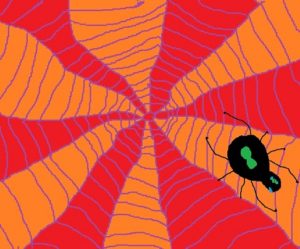
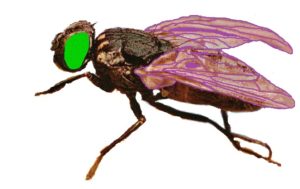 How handsome are your gauzy wings, how brilliant are your eyes!
How handsome are your gauzy wings, how brilliant are your eyes!